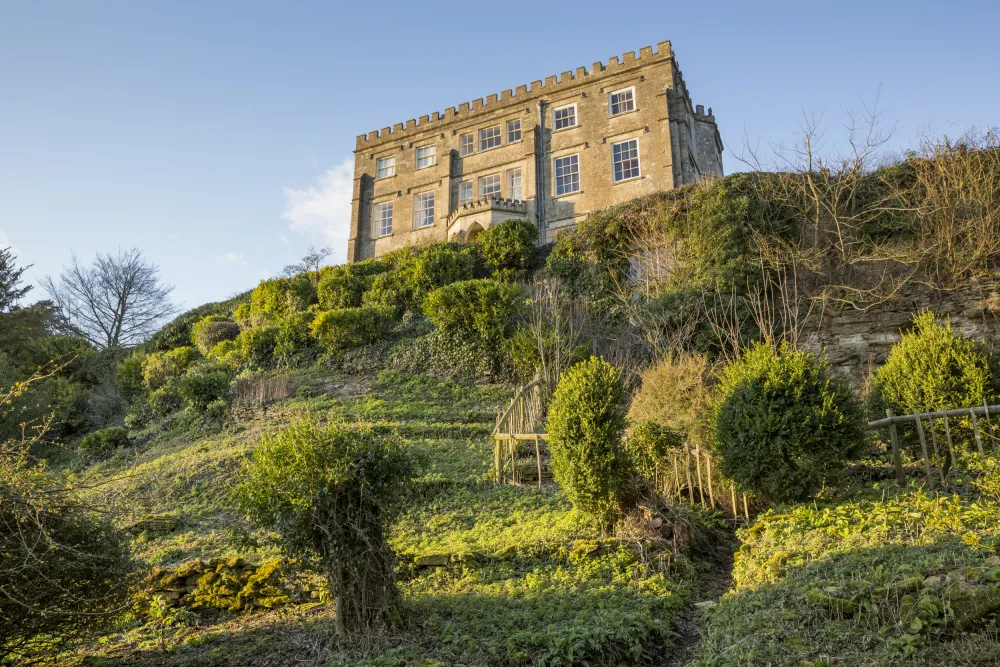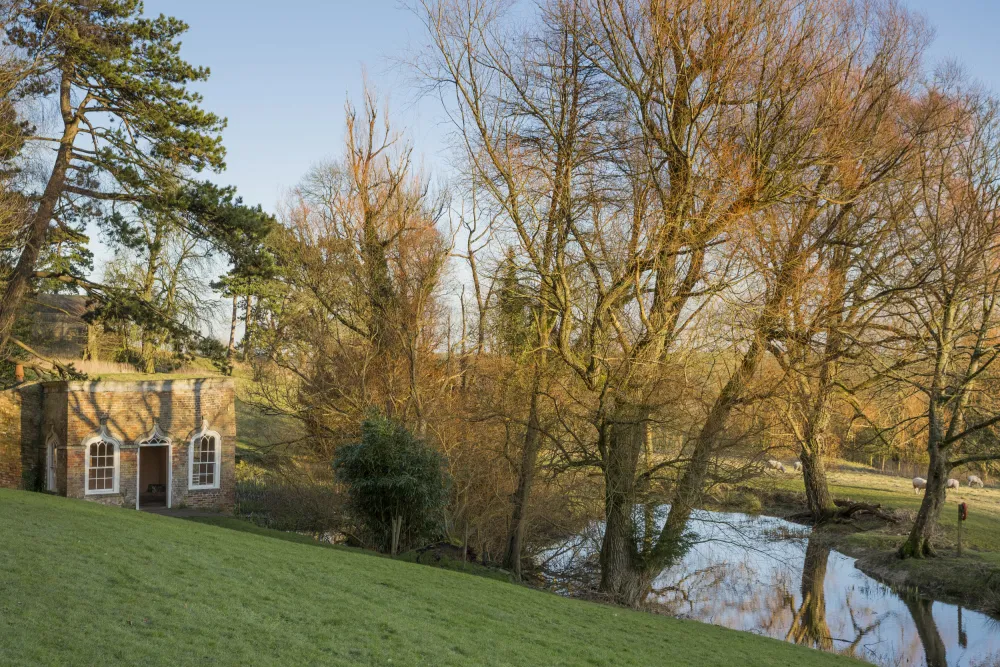It's worth remembering the garden treasures on offer in this country. And the National Trust, with its mix of gardens and houses, is a great place to start. Below are a selection of the best National Trust gardens to visit. Always check the websites for the most up to date information before you travel, however, and the Trust requires visitors to pre-book in many cases.
Discover a little more about some of the well-known, and not-so-well-known National Trust gardens below.
For more suggestions of gardens to visit, don't miss our feature on 25 English gardens and gardens for planting inspiration.
Visit a lot of National Trust gardens? You could save money with a National Trust membership, available from £84 per year.
Ambra Edwards: 'The fact Newark exists at all is a tribute to the imagination, fortitude and superhuman energy of two remarkable men – Robert Parsons, who died in 2004, and his assistant and companion Michael Claydon. Originally a Tudor hunting lodge, and substantially enlarged in the 18th century, Newark Park was gifted to The National Trust in 1949. Over the decades, the former park and garden were revealed, and Michael was able to piece together their story.
“It was all about creating theatre in the garden,” says Michael Claydon with approval – he was a theatre manager before he came to Newark. “And that’s just what Bob and I did too.” Rather than any attempt at restoration, they concentrated on creating atmospheric set pieces, opening up old views and creating new ones, contrasting formality with wilderness, enclosure with openness, dark tree tunnels with sunny, flower-studded lawns. The lawns date from the stage in Newark’s gardening history, when in 1898 the house was let to three spinster sisters, the Misses King. One of the sisters, Mary King, was in the forefront of gardening fashion. Newark’s melancholy rides were soon transformed into a ‘wild’ woodland garden.''
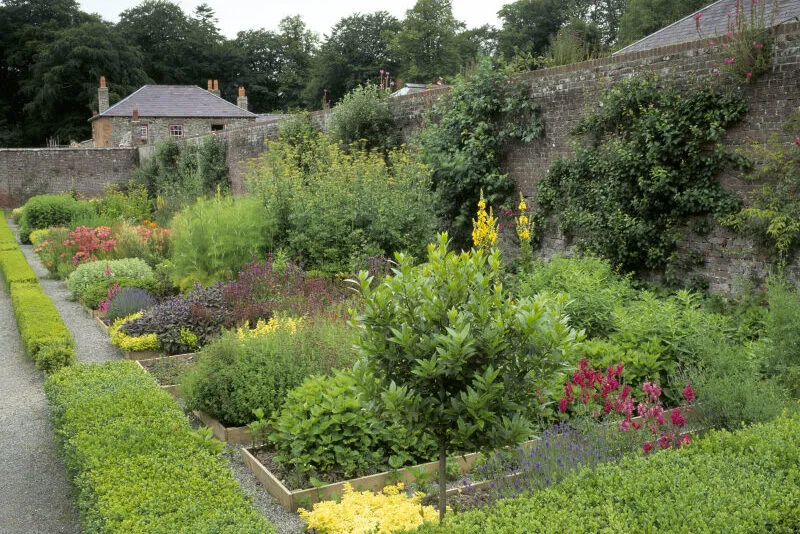
First purchased in 1634 by Llewellyn Parry, for over three centuries the Llanerchaeron estate was home to ten generations of the same family. Each generation contributed to the estate as you see it today with a villa, servants' quarters, stables, farm buildings and walled garden, set in a landscape which is both beautiful and productive.
Built in the late 18th century the walled gardens at Llanerchaeron have been producing fruit and vegetables for over 200 years. Originally a high tech hive of Georgian industry the gardens have a much more romantic and dreamy feeling about them today. There are 51 varieties of apple, a farm and lake surrounding the elegant Georgian villa, set in the wooded Aeron valley.
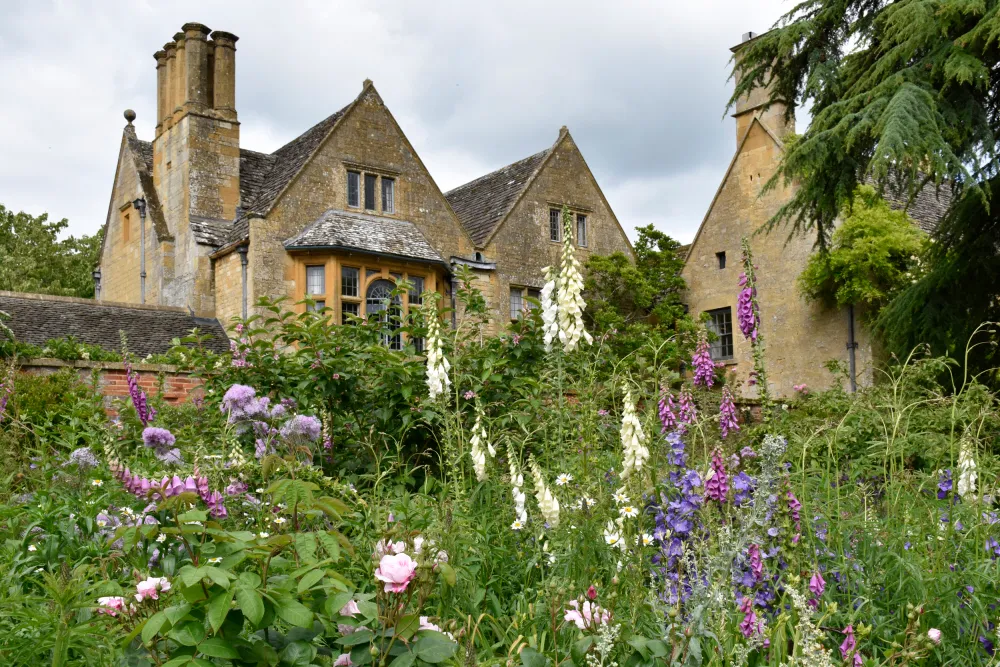
Jane Owen: 'Hidcote Manor Garden’s place in history is guaranteed for two reasons. It was the first garden to be taken on in its own right by the National Trust and its creator, Lawrence Johnston, reinvented the garden room and the monochrome border for the 20th century.
1948 when the National Trust took over. The takeover was greeted with incredulity. At that time, when the Trust took on (invariably grand) houses, gardens were mostly regarded as high-maintenance backdrops to historic buildings. The job of raising money to maintain Hidcote’s ten acres was almost impossible, as a result of which Johnston’s plant shelters were dismantled and many of his plants lost. Some of his plants have now been replaced, but Hidcote’s outstanding plant collection is only part of its allure. Johnston shaped and forged the reclaimed farmland around his manor house to make a patchwork of highly individual areas separated by hornbeam or yew rooms or tapestry hedges of hornbeam, yew, holly, box and beech.'
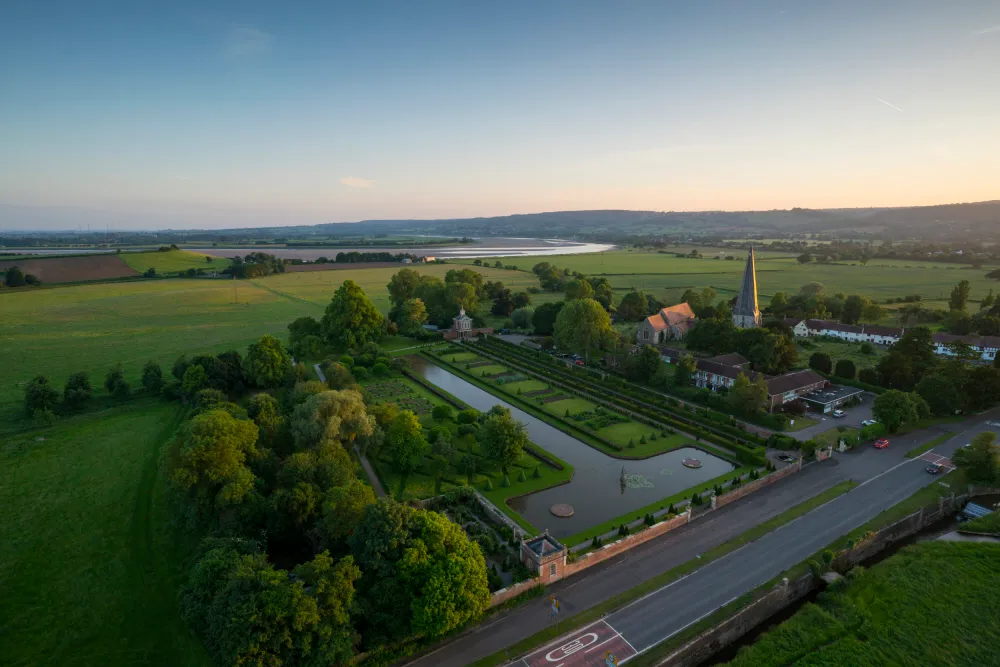
Jane Owen: 'Tucked away in Gloucestershire, where the Severn plain meets massive skies, is a jewel of a formal garden: Westbury Court. One of a handful of 17th-century gardens to have survived 18th-century ‘improvements’, it is also one of the least altered.
Hampton Court gardens’ royal scale is as awesome as Westbury’s scale is charming. Its first canal appeared around 1696 and the slender, light summerhouse – with simple stone pillars supporting the first storey room, and cupola with distant views – made its debut in 1702. Westbury’s copious documentation records that next came “1,000 yews and 1,000 hollies of three years’ growth”, which would become the yew hedges, embellished with yew cones and holly balls, on either side of the canal.
A second, T-shaped canal runs parallel to the first, with a statue of Neptune and a dolphin in the water at one end and a small square brick pavilion to one side. Beyond the canal, tightly clipped box hedges discipline beds full of 17th-century flowers and produce. Mellow brick perimeter walls support espaliers of old cultivars of apple, pear and plum as well as a voluptuous selection of peaches, apricots and morello cherries, beneath them a carpet of ranunculus, narcissi, anemones and muscari.'
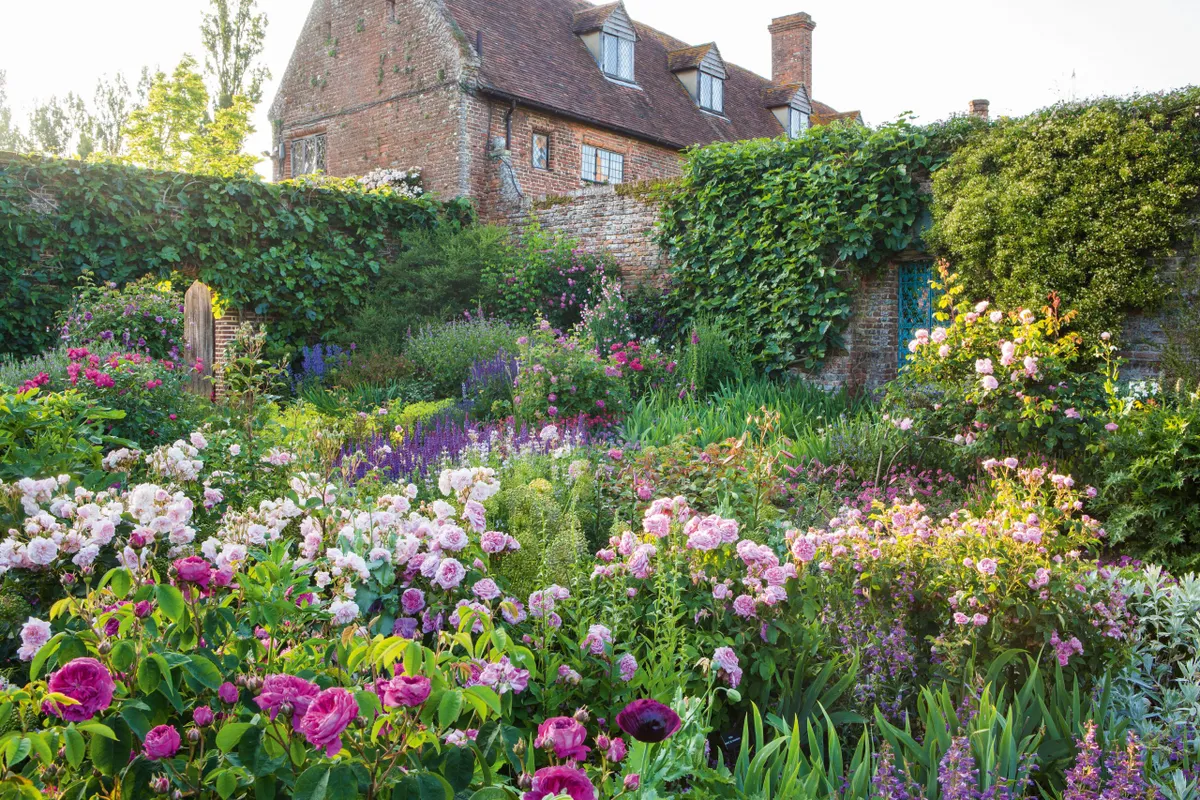
Troy Scott Smith: 'Sissinghurst is a refuge dedicated to beauty. For many centuries people have lived and worked here; a sense of history emanates from the rosy red bricks of the tower and an authenticity grows from its soil. These rich layers of history fascinated its most celebrated owner, the writer and gardener Vita Sackville-West, and her response to them shaped the creation of the garden we know today.
When she and her husband Harold Nicholson first bought Sissinghurst, a gallica rose was one of the few plants found growing among old apple and nut trees in what had once been the original Elizabethan garden (now the Orchard), something that appealed to Vita’s romantic sensibilities. For Vita, gardening was never about wealth and power it was about romance, emotion and intimacy. She and Harold never set out to make a great garden for posterity, what they wanted was a refuge, a place for living in – a garden solely for their own pleasure and enjoyment.
The couple agreed entirely on what was to be the main principle of the garden – a combination of long axil walks and the more intimate surprise of small geometric gardens opening off them. ‘There should be the strictest formality of design’ wrote Vita, ‘with the maximum informality in planting.’'

Ambra Edwards: 'Deep in the heart of Shakespeare’s Forest of Arden, improbably only 11 miles from the heaving centre of Birmingham, a narrow country lane meanders through the middle of a 16th-century rural estate, separating the gabled house from the stables and kitchen garden. The house has been through many changes: the original half-timbered structure extended with tawny brickwork in the 17th century and plastered with a dingy grey render in the 19th. But the original garden layout, of rectangular courts surrounding the house and a circular mount to the south, remains largely intact.
This is a magical garden, full of long shadows in the low winter sunlight; a garden where generations have played hide and seek, a garden full of echoes. But Packwood as we see it today is a fiction. It is largely the work of its last owner, Graham Baron Ash, who, rather like Aymer Vallance at Stoneacre, extended and refashioned the house to make it ever grander and more romantically Shakespearian. “It never was a proper country house,” recalled one visitor, “with worn hats and... dogs’ baskets and children’s toys in the living rooms.” The fastidious Ash turned a barn into a Great Hall, filled his house with exquisite furniture and tapestries, and staged Shakespeare on the terrace. In 1941, when there was room for no more improvement, he gave the whole lot to the National Trust and moved to Suffolk.'
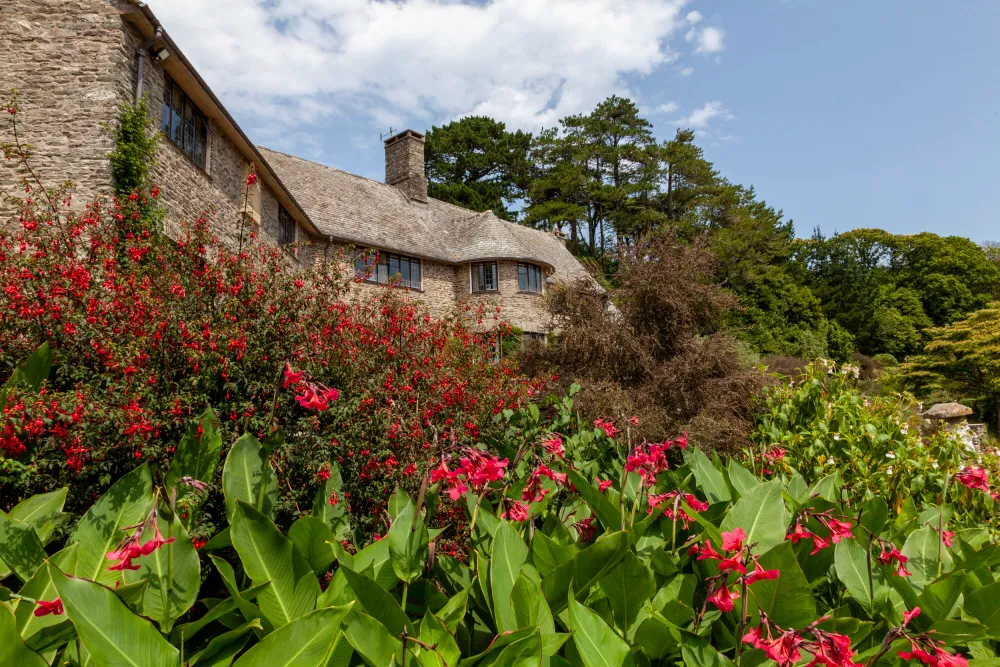
Susan Elderkin: 'In the early 1920s, Rupert D’Oyly Carte – inheritor of the eponymous opera company that brought Gilbert and Sullivan to fame and Savoy Group hotels – was sailing around the south coast with his wife Lady Dorothy looking for a site for their country retreat. They fell in love with this valley from the sea, and engaged the architect Oswald Milne, a protegé of Sir Edwin Lutyens, to design a house and surrounding gardens.
Using one person for both house and garden turned out to be an inspired decision. With the close attention to detail associated with the Arts and Crafts movement, Milne raised the house from the landscape: the blue and green-tinted Dartmouth shale that faces the house was quarried in the garden itself, and the coping stones above the windows match those that top the garden’s walls as it clambers down several terraces towards Pudcombe Cove.'
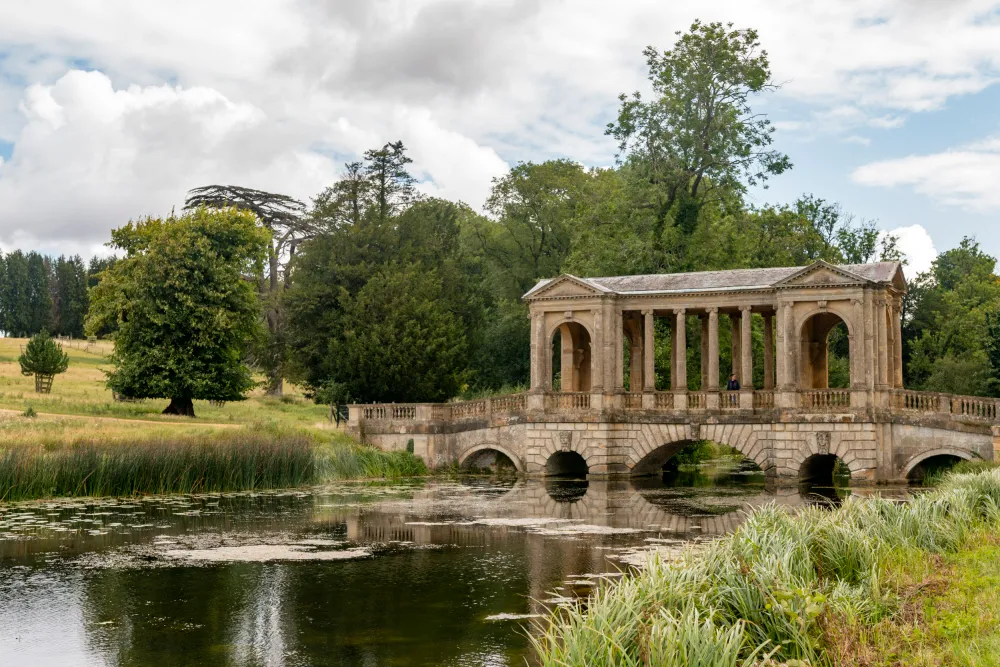
Jane Owen: 'Stowe is a landscape of nationalism, literature, religion, moral choices, fine art, the classics, war and politics. To stroll around its 250 acres is to visit ancient Greece and Rome, heaven and hell, Renaissance Rome, Anglo-Saxon Britain and work by artists such as Claude Lorraine. A Whig commentary on contemporary politics is thrown in, too. This rich and varied landscape, once with 40 or so temples, entertained, scared and amused its visitors. In some respects it is an 18th-century Private Eye made flesh. Given the complexity of themes, it is easiest to pick no more than a couple of these, as exemplars of Stowe’s originality.
In 1713, Charles Bridgeman was appointed to replace the old formal gardens. He was the first of a role call of the 18th-century’s finest landscapers who would work at Stowe. These included head gardener Lancelot Brown, who would become ‘Capable’ only after he had attracted his first commissions.'
